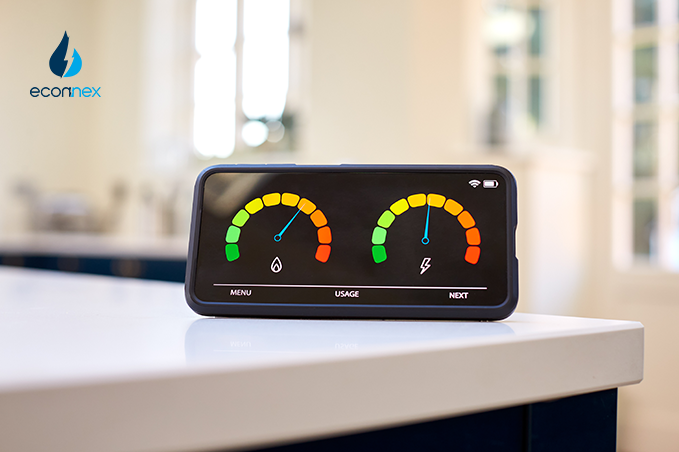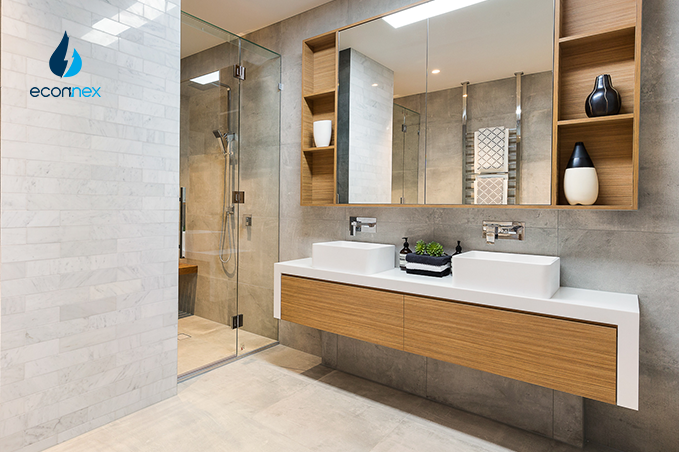Explore carbon-neutral electricity in Australia with our guide. Learn the importance of carbon neutrality and how Econnex helps you find the right balance.

Published on 12/12/2023
By William Walton
Econnex Comparison
Carbon neutrality is increasingly important to the everyday Australian consumer as energy customers seek innovative ways to offset their emissions and improve the climate prognosis. Action must be taken now to reverse the damage already done to our ecosystems. Whatever steps can be followed to reduce one’s footprint should be considered, whether big or small, as it all adds up over time.
As such, energy retailers are responding to the shifting priorities of their customer bases. They recognise that people seek an adequate balance between price and environmental responsibility. Most consumers would prefer a more carbon-neutral electricity plan; however, it should not be at the expense of their household budget. This concern is especially relevant during the current cost of living crisis.
So, let’s discuss the prospect of a carbon-neutral electricity or gas plan in more detail, outlining the potential advantages and exploring how Econnex offers unbiased comparison across several retailers with carbon-neutral options to help you find the right fit.
Every flick of a switch or turn of a gas knob in our homes contributes to carbon emissions. These emissions primarily come from burning fossil fuels for electricity, heat, and transportation. They accumulate in the atmosphere, trapping heat and leading to increased global warming.
Carbon neutrality involves initiatives to remove these emissions from the atmosphere or offset them by other means. Carbon offsetting programs could include tree planting or developing and applying renewable technology to reduce the net damage. For carbon offsets to count towards the effort to be carbon neutral in Australia, they must have a tangible impact, ensuring that every tonne of carbon emitted is effectively counterbalanced.
By adopting carbon-neutral electricity plans and products, it is hoped that we can reverse the trend and provide a more stable global ecosystem for generations to come. The more we can collectively accomplish now, the better it will be. Thankfully, the Econnex comparison platform allows you to quickly sort between different ‘green’ energy plans that could help you do your part.
Several businesses, public institutions, and households are making valiant efforts to offset their carbon emissions to reduce the pace of climate change in 2023. At a federal level, the Australian Government's updated Nationally Determined Contribution (NDC) under the Paris Agreement sets a clearer path towards achieving net zero emissions by 2050.
The ' Powering Australia ' plan is central to Australia's overarching strategy, which focuses on creating jobs, reducing energy bills, and boosting renewable or carbon-neutral electricity. This comprehensive plan includes initiatives for leadership in renewable energy, supporting industries and agriculture in carbon farming, and transforming the transport sector.
Similarly, initiatives such as the Climate Active partnership work towards providing accreditation and resources for businesses and communities adopting cleaner, more renewable solutions. By capitalising on its abundant natural resources, Australia aims to become a renewable energy superpower, driving growth and new industries.
Check - Green Power Accreditation
Australia has firmly committed to a sustainable future, legally enshrining its targets to reduce greenhouse gas emissions by 43% from 2005 levels by 2030 and achieve net zero by 2050. This commitment is a testament to the nation's dedication to playing a role in the global fight against climate change. The Australian Government is adopting a whole-of-government approach, incorporating new funding streams and significant investment in infrastructure to support this transition.
Household renewables, especially solar power, will have a pivotal role to play in offsetting Australian emissions. As the technology develops and becomes cheaper, it’s hoped that each individual home and business can operate as its own little power station, resupplying excess electricity generated from solar and other renewables back to the grid to improve stability and reduce the use of finite, carbon-based energy sources such as coal to power the grid.
It’s an exciting time to peer into the future of energy efficiency and carbon reduction as researchers worldwide explore new methods to generate clean electricity, remove excess carbon dioxide from the atmosphere, and slow the pace at which temperatures are increasing.
Some of the technological developments that you may hear of in the near future include:
Yes, you can achieve residential carbon neutrality in Australia if you’re prepared to invest in the necessary technology. There are several functioning carbon-neutral homes throughout the nation, typically achieving zero net emissions using a combination of technology, including solar, advanced insulative materials, recycled products, innovative heating solutions, and energy-efficient glass.
Even factors such as the aspect and orientation of the house contribute to how well it can regulate temperature and generate renewable energy. For some consumers, creating a bespoke house design may be preferable instead of buying off-the-plan if living in a zero-emission home is a priority. That way, the architect or engineer can tailor the solutions to suit your block of land and its climate and surroundings. Each ecosystem is different and often requires unique solutions.
That said, doing something is better than doing nothing at all. If you’re already in your forever home, it’s still worth taking whatever steps are available to improve energy efficiency, generate renewable energy and contribute to the fight against global warming. Taking advantage of intuitive technology such as the Econnex solar comparison platform can simplify moving towards a more sustainable energy mix in your home.
Before you set off on your journey towards carbon-neutral electricity and gas, consider some of the following questions:
Absolutely, many of the retailers throughout Australia (including a number on our Econnex energy comparison panel) offer carbon-neutral plans. Retailers adopt different solutions to offset the emissions generated if you select this type of plan, including using renewable energy sources or planting trees that remove carbon dioxide from the atmosphere.
The retailers understand that action against climate change is an increasing priority for everyday consumers and will continue introducing more innovative products to the market to respond to those changing demands. It’s worth regularly comparing different providers in your area to see if any new, greener energy products are available for your household.
Carbon-neutral options aren’t limited to energy products, either, with companies across various industries, including mobile, broadband, and financial service providers, making efforts to contribute. The more products you can engage with that participate in the fight to reduce global warming, the better it will be. Every positive action, no matter how small, can make a difference.
The shortest pathway for many Australian consumers to begin reducing carbon emissions is to compare energy providers on Econnex comparison and apply online for a more sustainable option. Simply provide your postcode and a few additional details, and we’ll detail energy plans available in your area from our reputable panel of providers.
With a few clicks of a mouse, you can apply online for a potentially more suitable and environmentally friendly energy plan, allowing you to contribute to the collective effort to reduce the damage before time runs out.
Moreover, if you want to maximise your contribution towards a more sustainable future, you should consider comparing available solar packages for your household and business using the Econnex solar comparison platform. You can sort between solutions from several installers across Australia, add additional features such as a battery, and submit your application (along with a small deposit) within minutes.



